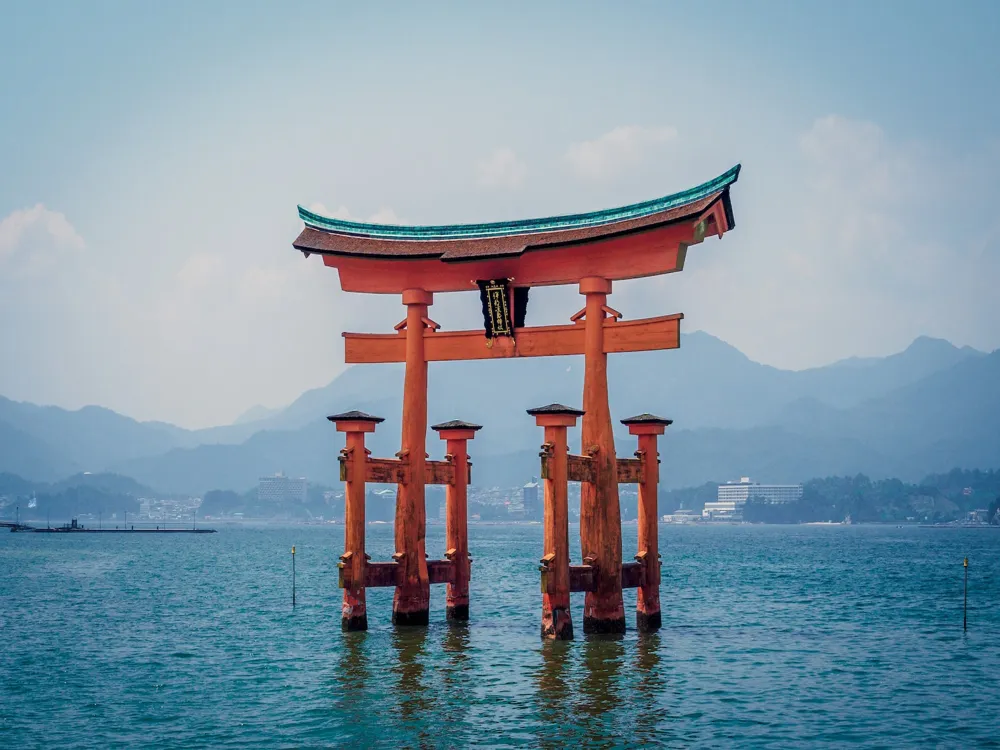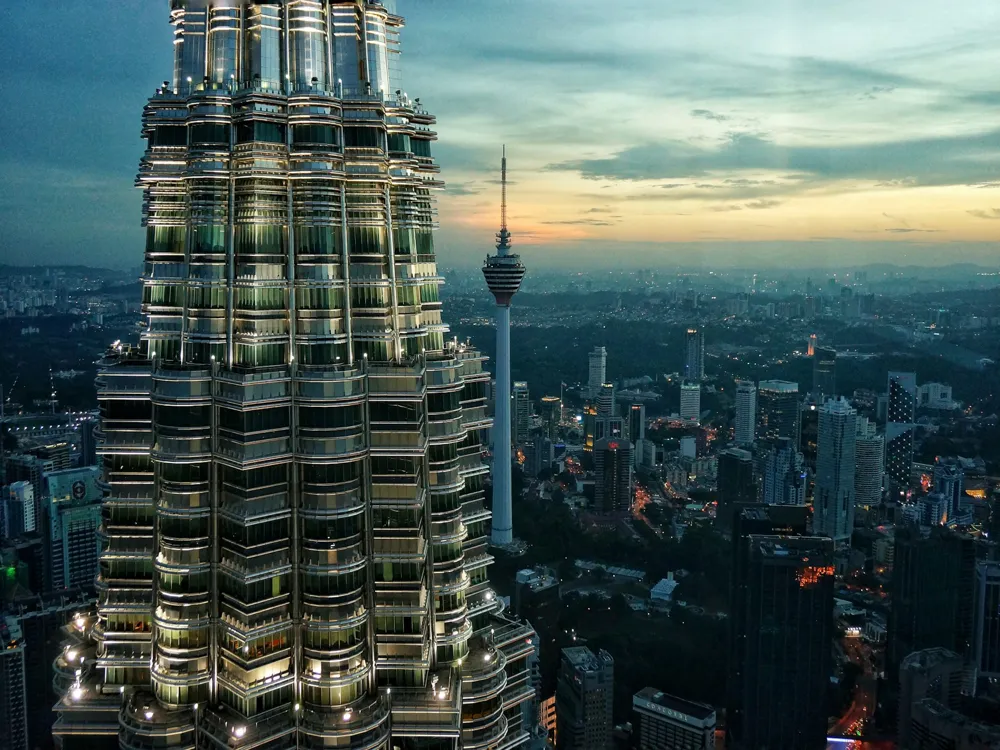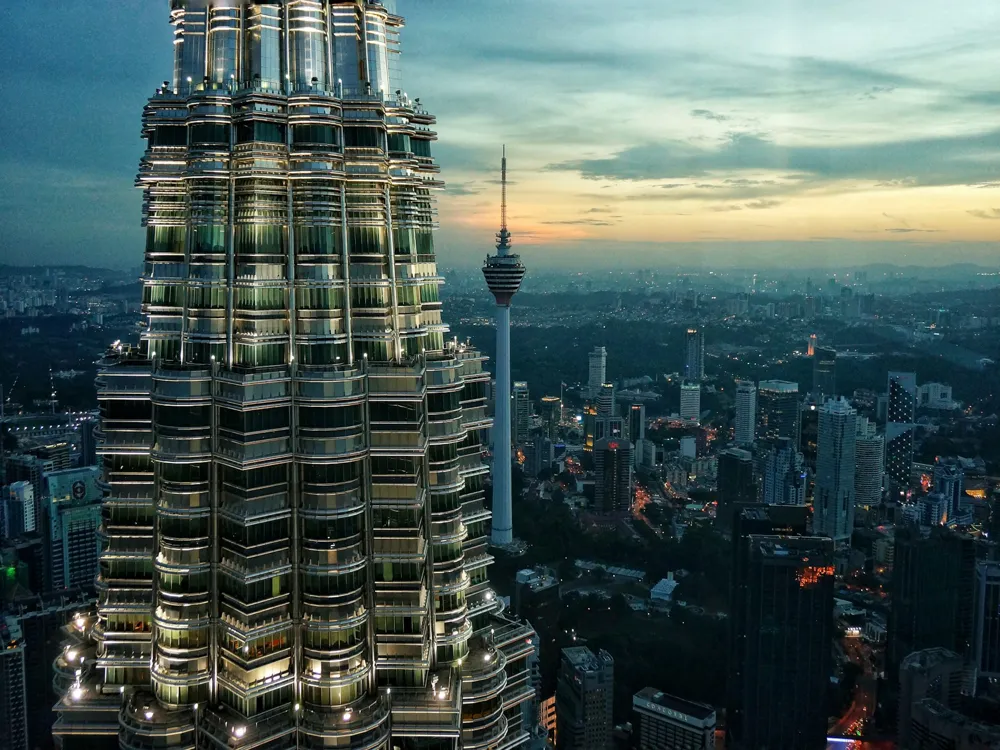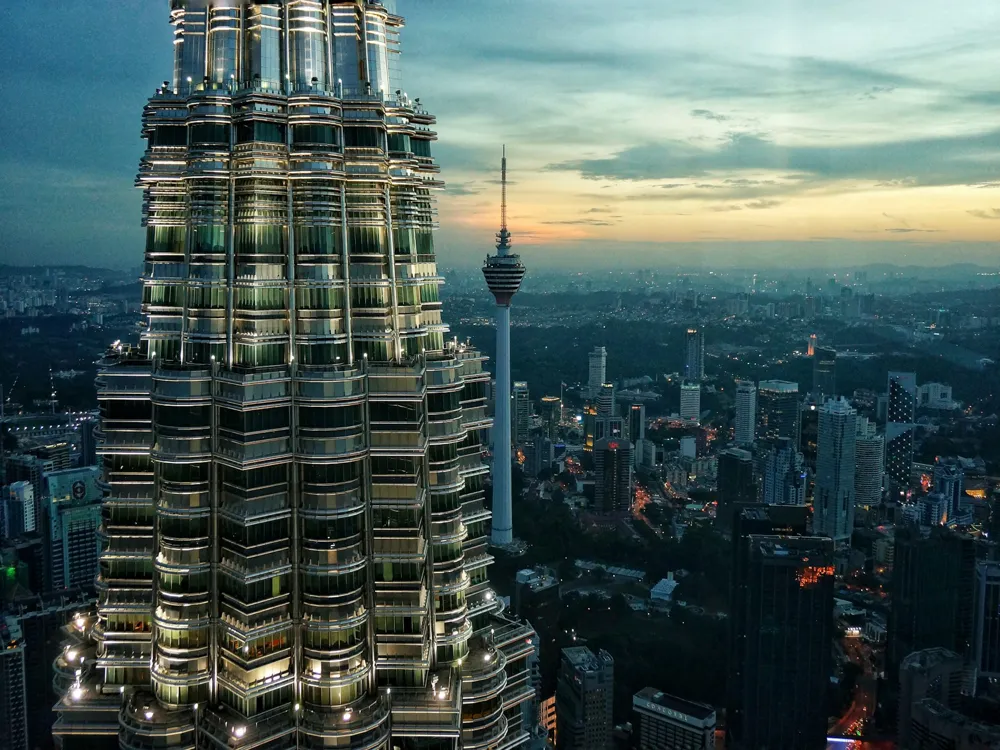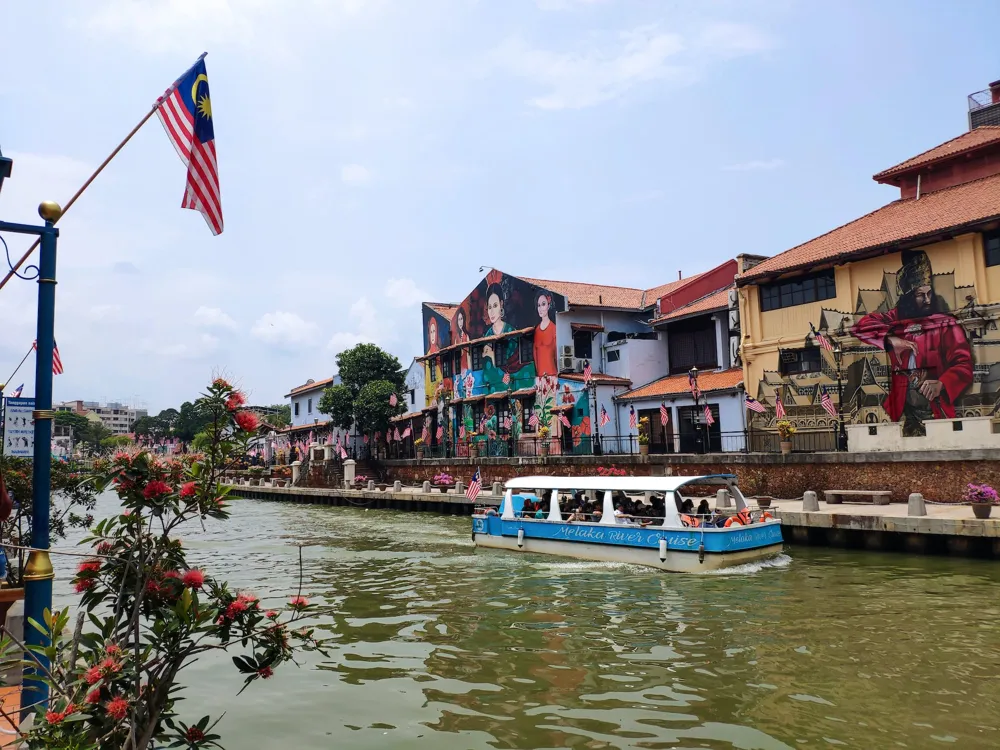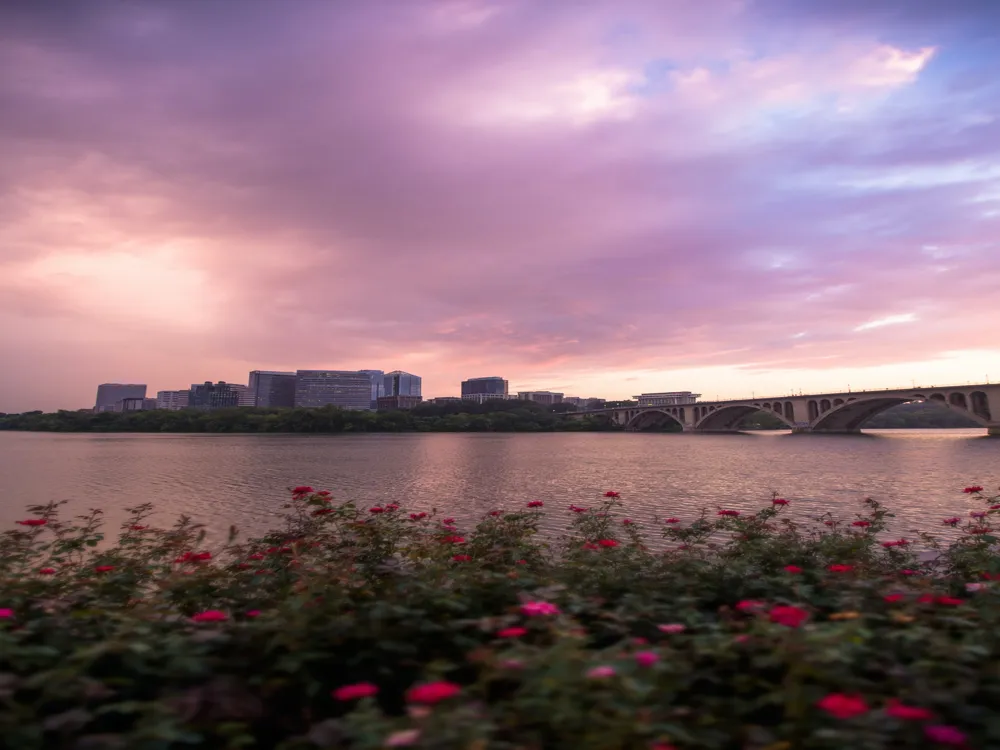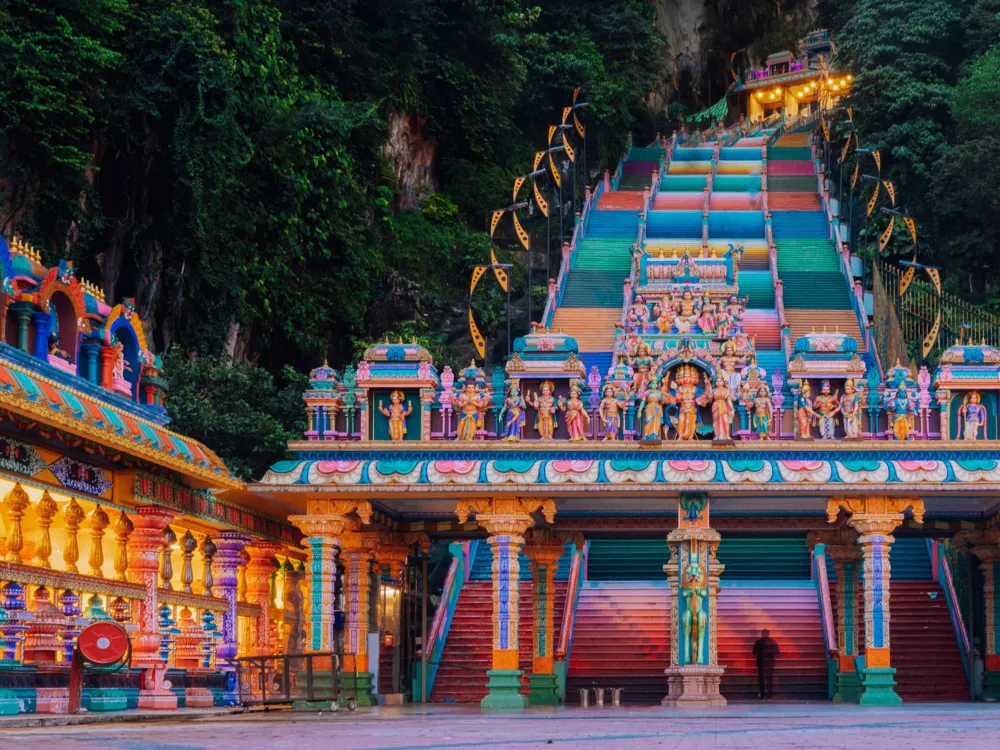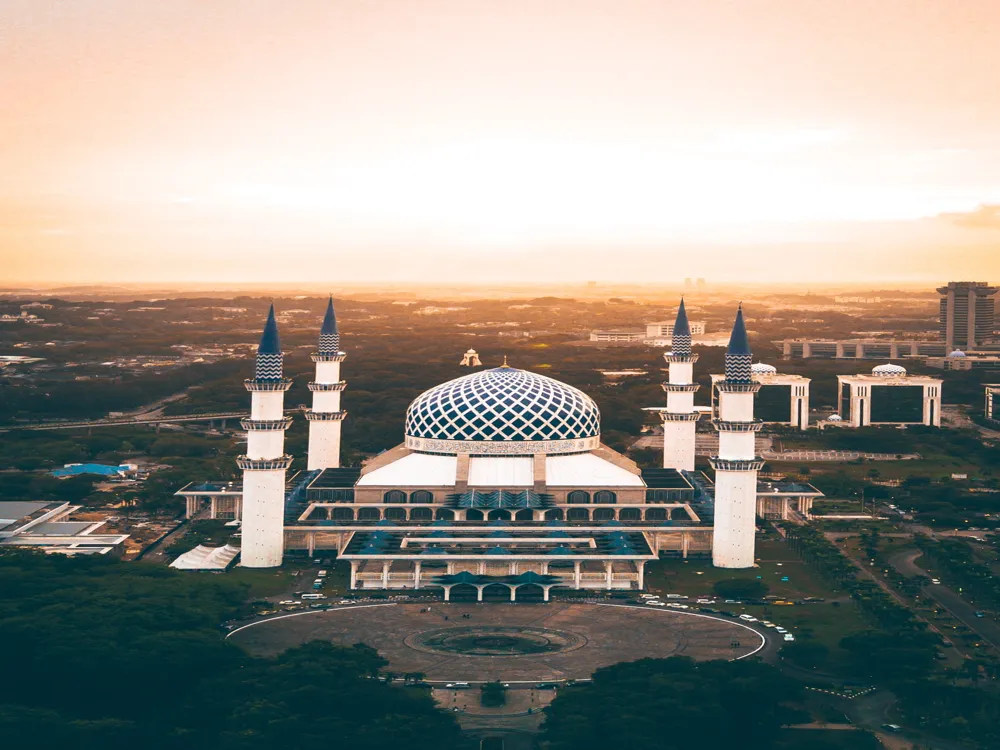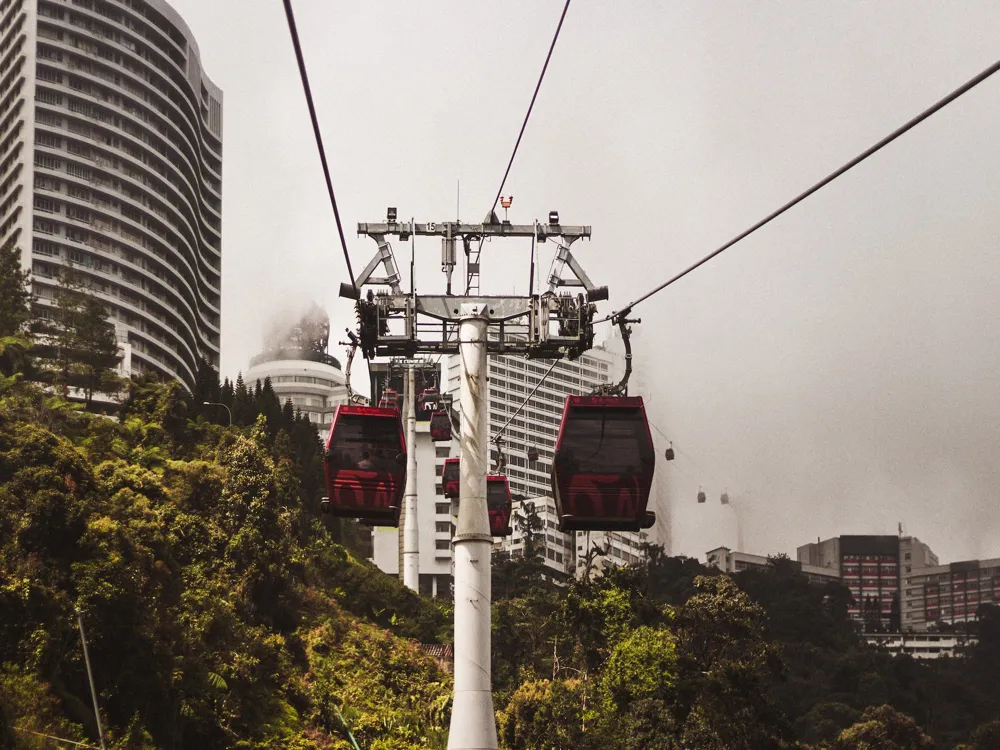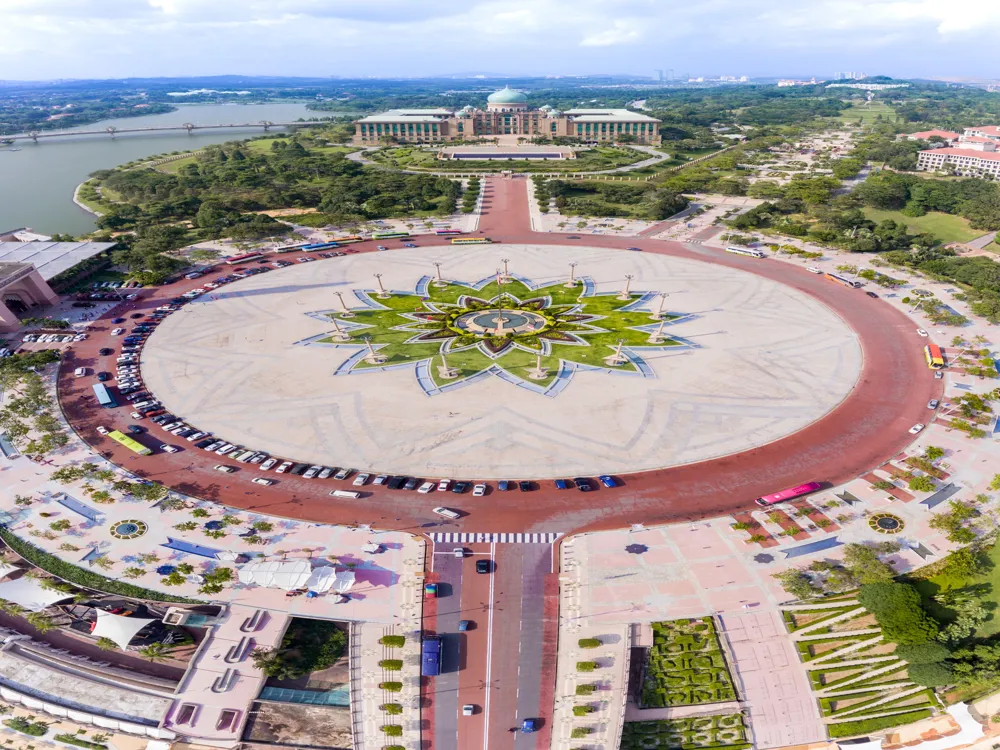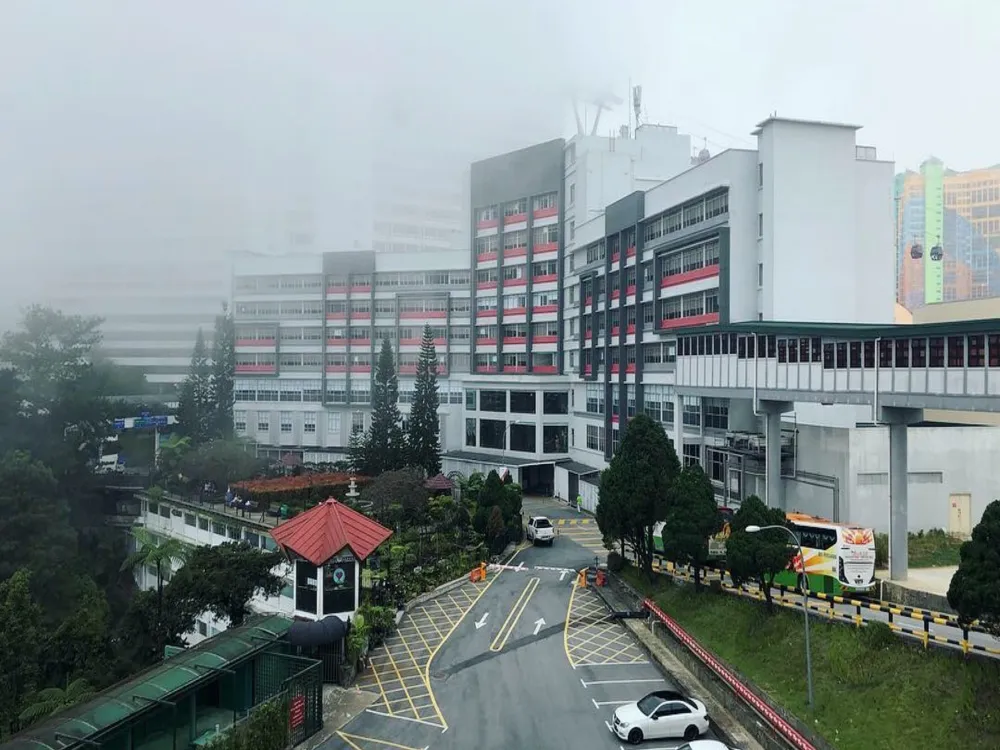Nestled in the vibrant heart of Kuala Lumpur, the Shree Lakshminarayan Mandir stands as a beacon of spiritual and cultural heritage. This Hindu temple, dedicated to Lord Vishnu and Goddess Lakshmi, is not just a place of worship but a symbol of the rich Indian tradition that permeates through Malaysia. Its significance extends beyond the Indian community, attracting visitors from various backgrounds, fascinated by its spiritual ambiance and architectural grandeur. In this comprehensive overview, we delve into the temple's history, its importance in the local community, and the various facets that make it a must-visit destination in Kuala Lumpur. The Shree Lakshminarayan Mandir has a storied history that traces back to the early 20th century. It was established by the North Indian Hindu community, who migrated to Malaysia and sought to create a place that reminded them of their spiritual roots. Over the years, the temple has not only served as a religious site but also as a cultural hub, fostering a sense of unity and identity among the Indian diaspora in Malaysia. The temple plays a pivotal role in the cultural and spiritual lives of its devotees. It hosts a plethora of religious ceremonies, festivals, and cultural events throughout the year, drawing crowds who partake in these vibrant celebrations. The temple also offers various community services, including educational programs and charitable initiatives, underscoring its commitment to social welfare and cultural preservation. The architecture of Shree Lakshminarayan Mandir is a magnificent blend of ancient Indian design and modern craftsmanship. It stands as a testament to the architectural brilliance and intricate craftsmanship of the artisans who have contributed to its construction. This section explores the temple's unique architectural features, the symbolism behind its design, and the techniques used in its construction, offering a deep dive into the aesthetic and spiritual significance of this remarkable edifice. The temple's architecture is heavily influenced by North Indian style, characterized by its towering spires, elaborate carvings, and vibrant colors. The main shrine, housing the deities of Lord Vishnu and Goddess Lakshmi, is an epitome of divine beauty and serenity. The intricate carvings on the temple walls and pillars depict various scenes from Hindu mythology, each telling a story and conveying a spiritual message. A notable aspect of the temple's construction is the use of traditional methods and materials, blending seamlessly with modern techniques. The artisans employed age-old skills in carving and sculpting, ensuring that every detail of the temple reflects the richness of Indian craftsmanship. The temple also incorporates contemporary architectural elements, making it a unique amalgamation of the old and the new. Visitors are advised to dress modestly, covering shoulders and legs, as a sign of respect. It's also important to remove shoes before entering the temple premises. Silence and decorum should be maintained inside the temple to preserve its sanctity. While photography is generally allowed, it's crucial to be mindful of not disturbing the worshippers. Some areas of the temple may have restrictions on photography, so it's advisable to look for signs or ask the temple authorities. Visitors are welcome to observe or participate in the rituals and ceremonies. It's a great opportunity to immerse oneself in the local culture and spirituality. However, it's important to follow the temple's customs and practices during these events. Shree Lakshminarayan Mandir is easily accessible by various modes of transportation. For those traveling by public transport, the nearest train station is the KL Sentral, from where one can take a taxi or a local bus to the temple. For visitors driving, the temple is well-connected through major roads and highways. There is ample parking space available near the temple premises. Additionally, many tourists opt for ride-sharing services for a convenient and hassle-free journey to this iconic landmark. Read More:Overview of Shree Lakshminarayan Mandir Kuala Lumpur
Historical Significance
Cultural and Spiritual Hub
Architecture of Shree Lakshminarayan Mandir Kuala Lumpur
Architectural Design and Symbolism
Construction Techniques and Materials
Tips When Visiting Shree Lakshminarayan Mandir Kuala Lumpur
Dress Code and Etiquette
Photography Guidelines
Participating in Rituals and Ceremonies
How To Reach Shree Lakshminarayan Mandir Kuala Lumpur
Shree Lakshminarayan Mandir Kuala Lumpur
Kuala Lumpur
₹ 18,000 onwards
View kuala-lumpur Packages
Kuala-lumpur Travel Packages
View All Packages For Kuala-lumpur
Top Hotel Collections for Kuala-lumpur

Private Pool

Luxury Hotels

5-Star Hotels

Pet Friendly
Top Hotels Near Kuala-lumpur
Other Top Ranking Places In Kuala-lumpur
View All Places To Visit In kuala-lumpur
View kuala-lumpur Packages
Kuala-lumpur Travel Packages
View All Packages For Kuala-lumpur
Top Hotel Collections for Kuala-lumpur

Private Pool

Luxury Hotels

5-Star Hotels

Pet Friendly







